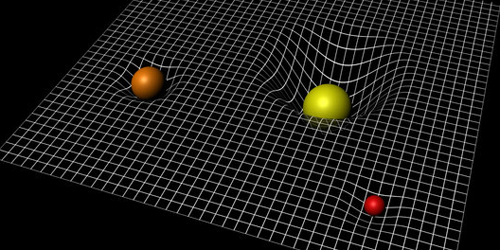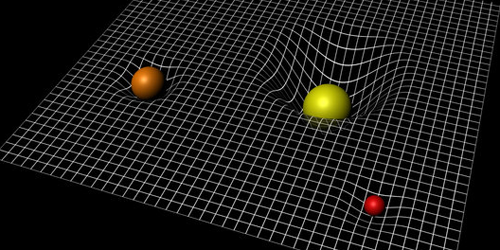Relativity Survives Scrutiny, Again
Lorentz invariance means that a physical measurement should not depend on the speed or orientation of the laboratory’s reference frame. It is a fundamental symmetry in relativity and in the standard model of particle physics, but certain ideas that attempt to unify the two theories predict its breakdown. Despite numerous studies, however, no evidence of Lorentz-symmetry violations has been found. Two teams have now put some of the tightest constraints to date on such violations.
To test Lorentz symmetry, both teams used the same theoretical framework, which describes the symmetry for all particles and forces, including gravity, in terms of coefficients that are null when the symmetry holds. But they derived the coefficients using data obtained from two very different types of experiments.
Jay Tasson from Carleton College, Minnesota, and colleagues analyzed measurements taken over the course of a few years with superconducting gravimeters—devices that determine the local gravitational acceleration by measuring the position of a superconducting sphere levitated in a magnetic field. The values of the coefficients that the team derived are all consistent with zero, but compared to previous gravimeter studies, some of the values are over 10 times more accurate, while others are obtained for the first time.
Meanwhile, Adrien Bourgoin from the University of Bologna, Italy, and colleagues from SYRTE Paris Observatory and the University of California, Los Angeles, have analyzed 48 years’ worth of data from lunar laser-ranging experiments, in which laser beams are bounced from mirrors on the Moon’s surface to measure the satellite’s orbital and rotational motion. They too find that the data are consistent with null coefficients. However, for some of the coefficients, the accuracy is 100 to 1000 times better than that of the current best estimates.
This research is published in Physical Review Letters.
–Ana Lopes
Ana Lopes is a Senior Editor of Physics.





